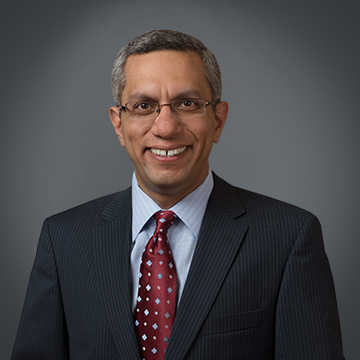Amin Al-Ahmad
Cardiac Electrophysiologist
Texas Cardiac Arrhythmia

Cardiac Electrophysiologist
Texas Cardiac Arrhythmia
September 04, 2025 | 04:30 PM (EDT) - 05:15 PM (EDT)
About Amin Al-Ahmad, MD
Dr. Al-Ahmad completed his undergraduate studies in bioengineering at Syracuse University in NY. He went on to complete his medical degree at Tufts University School of Medicine in Boston. Dr. Al-Ahmad continued his medical training at Tufts University, completing an internship and residency in internal medicine, a fellowship in general cardiology, and a fellowship in cardiac electrophysiology. After completing his training at Tufts, he joined the faculty at the Stanford University School of Medicine in California for an additional ten years before joining Texas Cardiac Arrhythmia in Austin. During his tenure at both Tufts and Stanford Universities, Dr Al-Ahmad was the recipient of several teaching excellence awards. In addition, Dr Al-Ahmad has participated in research and publication in the area of cardiac electrophysiology both as a primary or co-author of significant numbers of scientific articles as well as co-editor of several books in the field of Electrophysiology, including the 3rd edition of the “Hands on Ablation: The Experts Approach” textbook. He has also delivered numerous papers and lectures in the area of cardiac electrophysiology both in the United States and internationally. Dr. Al-Ahmad is currently serving on the editorial board for the Journal of Cardiovascular Electrophysiology, the Heart Rhythm Journal, Heart Journal Case Reports and is an associate editor for the Journal of Cardiovascular Electrophysiology. He also served as a social media editor for the Journal Circulation Arrhythmia and Electrophysiology. Dr. Al-Ahmad has also served as the president of the central Texas chapter of the American Heart Association. In addition to private practice, Dr. Al-Ahmad continues to be actively involved in many research grants and programs, and has performed first in human studies on several new technologies. Dr Al-Ahmad’s area of special interest is ablation of atrial and ventricular arrhythmias as well as the evaluation and development of new technologies.